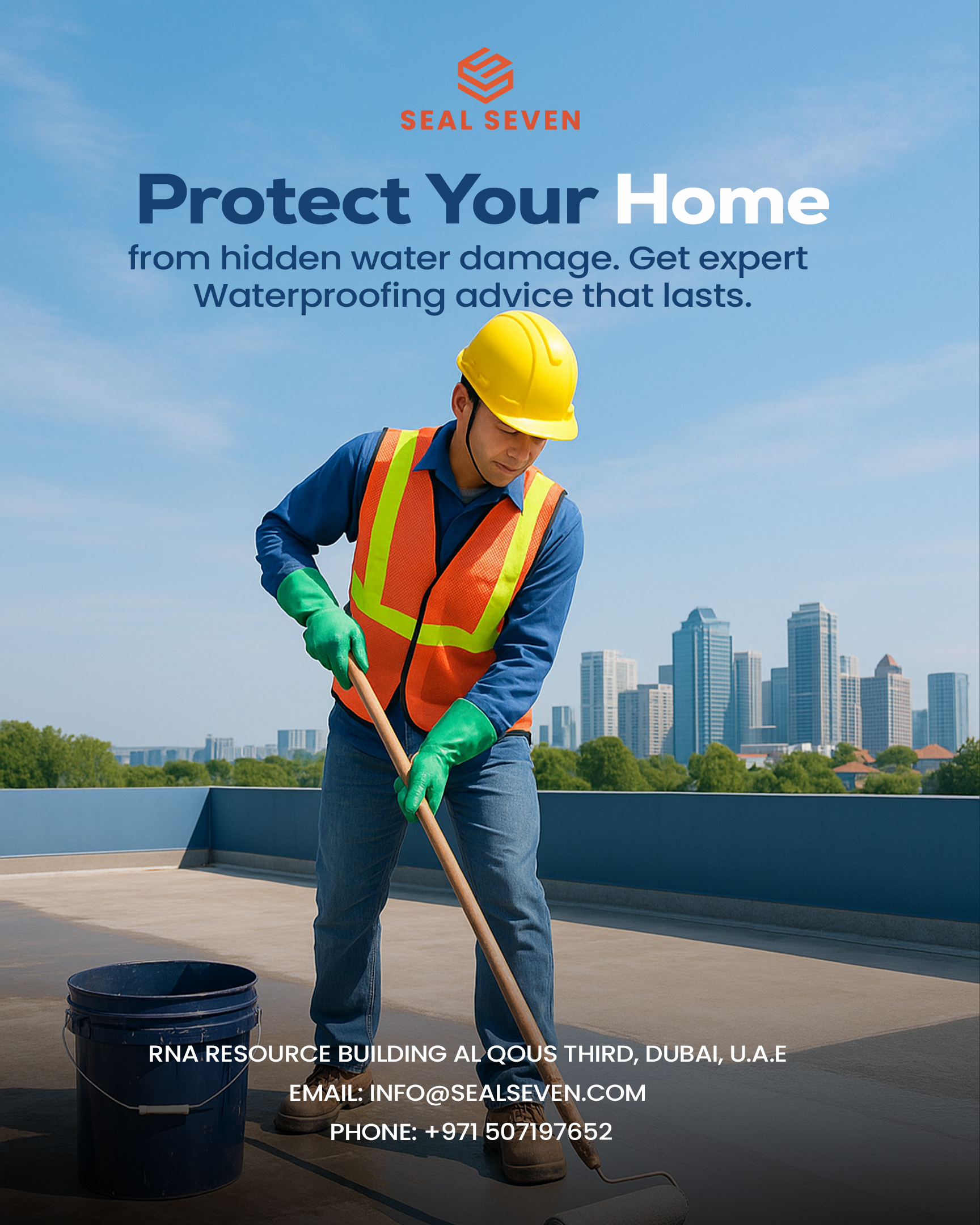Call us: +971 507197652
Water damage can be one of the most expensive and disruptive threats to your home.. From cracked foundations to mold growth, even minor leaks can spiral into expensive nightmares. Fortunately, modern technology and innovative techniques are revolutionizing how homeowners safeguard their properties. In this blog, we’ll share 7 cutting-edge waterproofing hacks to keep your home dry and secure—no matter the weather.
Smart Leak Detection Systems

Smart leak detectors, like Phyn or Flo by Moen, use AI to monitor water flow and pressure in real time. These devices alert your phone at the first sign of a leak and can even shut off your water supply automatically. Pair them with moisture sensors in high-risk areas (like under sinks or near water heaters) for 24/7 peace of mind.
Smart Leak Detection Systems (SLDS) are innovative technological solutions designed to identify and respond to water leaks in various environments, including residential, commercial, and industrial settings. These systems utilize a combination of sensors, communication modules, and automated response mechanisms to detect the presence of water leaks quickly and accurately. Typically, the system’s sensors monitor critical areas such as bathrooms, kitchens, basements, or industrial pipelines, detecting unusual changes in moisture levels, temperature, pressure, or acoustic signals. Once a potential leak is identified, the sensors communicate with a central control unit or a cloud-based monitoring system, allowing real-time data analysis. Users are then notified through mobile applications, emails, or SMS alerts, enabling them to take immediate action.
One of the key advantages of SLDS is their ability to minimize water wastage and prevent extensive damage to property. With an SLDS, the leak can be detected at an early stage, and in advanced models, an automated shut-off valve can be triggered to stop the water flow, reducing damage. Similarly, in industrial facilities, where even minor leaks can lead to substantial water loss and operational disruption, SLDS provide a critical layer of protection.
For homeowners dealing with moisture issues in lower-level areas, Basement Waterproofing Companies are increasingly recommending the integration of Smart Leak Detection Systems as part of a comprehensive waterproofing strategy. These companies recognize the value of SLDS in proactively managing water intrusion, especially in areas prone to flooding or groundwater seepage. Basement Waterproofing Companies often partner with SLDS providers to offer bundled services that enhance protection against long-term structural damage caused by persistent leaks.
There are various types of SLDS available, each designed to suit different applications. Standalone leak detectors are compact, battery-powered devices placed in high-risk areas, offering basic leak detection with audible alarms or app notifications. Integrated systems are more sophisticated, connected directly to a building’s plumbing network, offering comprehensive leak monitoring and automatic shut-off capabilities. The most advanced are IoT-based systems, which offer remote monitoring and control through cloud connectivity, making them ideal for smart homes and large-scale facilities.
The benefits of adopting Smart Leak Detection Systems extend beyond water conservation. They also lead to significant cost savings by preventing expensive water damage, reducing water bills, and minimizing downtime in industrial operations. Furthermore, they provide peace of mind, especially for homeowners or facility managers who can monitor their property remotely. However, there are challenges associated with SLDS, including high installation costs, maintenance requirements, and the need for reliable internet connectivity in the case of IoT-based models.
Looking to the future, advancements in artificial intelligence (AI) and machine learning are expected to further enhance the capabilities of SLDS. AI-powered predictive maintenance, which leverages historical data to forecast potential leaks before they happen, is likely to become a common feature. Additionally, improvements in battery life, energy efficiency, and cybersecurity measures will make SLDS more robust and user-friendly. As awareness of water conservation continues to grow, Smart Leak Detection Systems are likely to become an essential component of sustainable water management in both residential and industrial sectors.
In conclusion, Basement Waterproofing Companies that stay ahead of the curve are embracing SLDS technology to provide more advanced, preventive solutions to clients. Whether for new construction or retrofitting existing homes, Basement Waterproofing Companies play a key role in implementing smart systems that safeguard against water damage and preserve the structural integrity of properties.
Hydrophobic Coatings for Walls
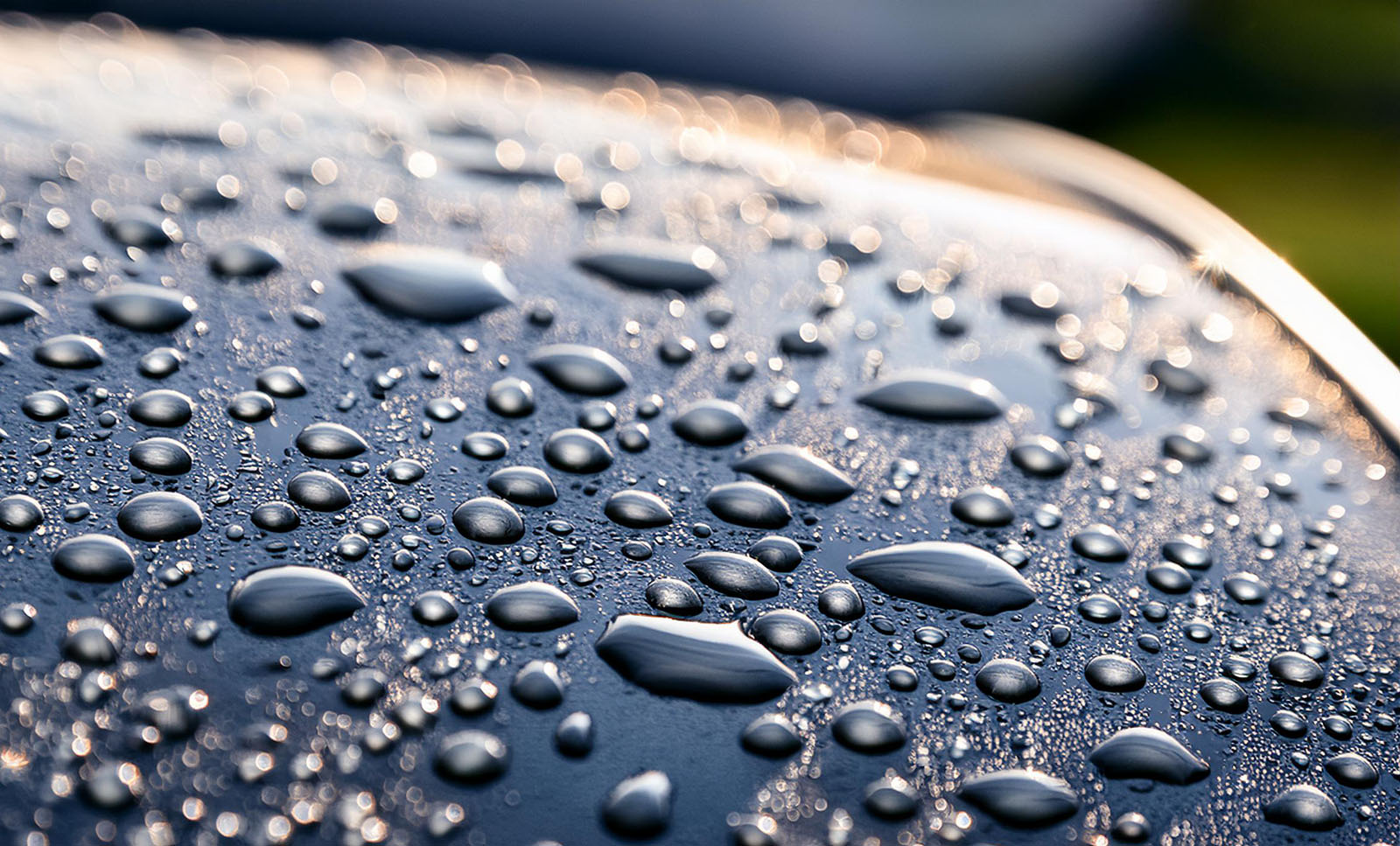
Traditional sealants can degrade over time, but hydrophobic coatings are game-changers. These nanotechnology-based solutions create an invisible, water-repellent barrier on concrete, brick, or masonry. Products like NeverWet or Dry-Treat penetrate deep into surfaces, blocking moisture without altering aesthetics. Perfect for basement walls or exterior foundations!
Why It Works: Hydrophobic coatings resist water and reduce efflorescence (salt deposits), extending your walls’ lifespan.
Hydrophobic coatings for walls are innovative protective solutions that create a water-repellent surface, safeguarding buildings from moisture-related issues. These coatings, formulated using advanced chemical compounds or nanotechnology, are applied to the surfaces of walls to prevent water penetration. Once treated, the walls develop a highly water-resistant layer that causes water droplets to bead up and roll off, rather than being absorbed. This property makes hydrophobic coatings particularly useful for exterior walls exposed to rain, humidity, or harsh weather conditions.
The application of hydrophobic coatings is a versatile process that can be used on various materials, including concrete, brick, wood, and painted surfaces. Depending on the product, these coatings can be applied using brushes, rollers, or spray equipment, ensuring uniform coverage. Once cured, they provide an invisible but highly effective barrier against moisture, dirt, mold, and mildew, making them ideal for both residential and commercial buildings.
Recognizing their effectiveness, many Basement Waterproofing Companies are incorporating hydrophobic coatings into their service offerings. These companies understand that preventing water intrusion at the surface level is critical, especially for structures in moisture-prone areas. By applying hydrophobic coatings, Basement Waterproofing Companies can add an extra layer of protection that complements other waterproofing methods, such as sealants, drainage systems, and sump pumps.
One of the primary advantages of hydrophobic coatings is their ability to enhance the longevity of wall surfaces. By preventing water absorption, they reduce the risk of problems such as cracking, efflorescence, and freeze-thaw damage in colder climates. This is especially important for buildings in regions with heavy rainfall, where moisture can quickly deteriorate unprotected walls. Additionally, because these coatings keep surfaces dry, they also make walls easier to clean, as dirt and pollutants are less likely to adhere to the treated areas.
Basement Waterproofing Companies also value hydrophobic coatings for their role in minimizing long-term maintenance costs. Since treated walls resist dirt and moisture buildup, property owners benefit from cleaner, more resilient surfaces that require less frequent intervention. This not only extends the life of the building materials but also improves overall aesthetics and performance.
Hydrophobic coatings are environmentally friendly in several ways. They minimize the need for frequent cleaning with harsh chemicals, reduce water usage for maintenance, and, in some formulations, allow the walls to remain breathable. This breathability is crucial as it enables trapped moisture within the walls to escape without letting new moisture in, maintaining a healthy indoor environment.
Moreover, advanced hydrophobic coatings can provide additional benefits beyond water resistance. Some products offer UV protection, preventing color fading on painted walls exposed to sunlight. Others incorporate self-cleaning properties, where rainwater naturally washes away dirt and grime due to the super hydrophobic surface.
Despite their numerous advantages, it is essential to choose the right type of hydrophobic coating for a specific application. Factors such as the wall material, local climate, and desired durability should be considered. High-quality products can offer long-lasting protection, while cheaper alternatives may require more frequent reapplication.
Looking to the future, ongoing research in nanotechnology and material science is expected to further enhance the performance of hydrophobic coatings. Future innovations may include coatings with improved durability, multi-functional properties, and increased resistance to harsh environmental conditions. As awareness of these benefits continues to grow, Basement Waterproofing Companies are likely to adopt hydrophobic coatings as a standard part of their waterproofing strategies, offering a cost-effective way to preserve and protect wall surfaces in both residential and commercial settings.
Interior Drainage Systems with Sump Pumps
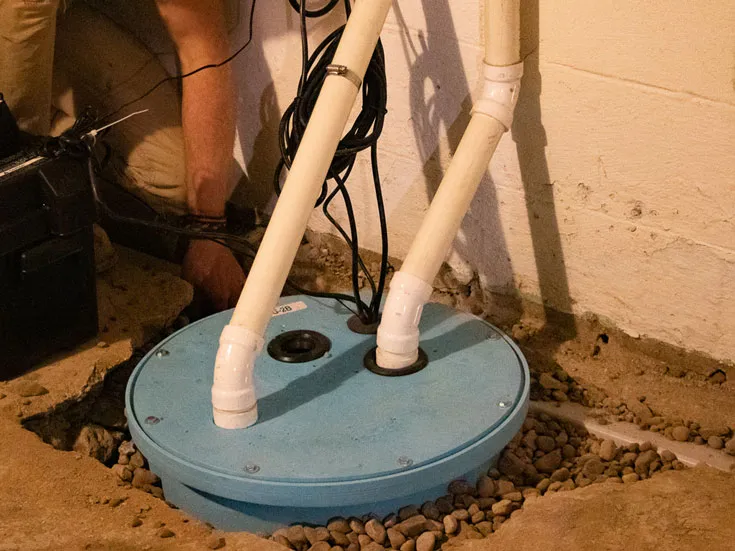
Even with exterior defenses, water can still seep into basements. Interior drainage systems, like French drains paired with sump pumps, redirect water away from your home’s foundation. Modern sump pumps feature battery backups and Wi-Fi alerts, ensuring they work during storms or power outages.
Interior drainage systems with sump pumps are essential solutions for managing water intrusion in basements and crawl spaces, helping ensure that properties remain dry and protected from moisture-related damage. These systems are typically installed along the inner edges of a basement or crawl space, where they effectively collect water that infiltrates the area and channel it away from the building’s foundation. This proactive placement ensures that moisture is intercepted before it can lead to structural issues or mold growth. The core function of an interior drainage system is to collect water that seeps through walls or floors and direct it to a sump pit, where the sump pump can efficiently remove it.
The design of an interior drainage system often includes a network of perforated pipes, which are laid beneath the basement floor or alongside the foundation walls. These pipes collect water and route it toward the sump pit—a designated basin that temporarily stores the collected water. Once the water in the pit reaches a certain level, the sump pump will activate automatically. Depending on the model, either a submersible or pedestal-style pump uses an electric motor to expel the water through a discharge pipe, which carries it away from the home’s foundation to prevent re-entry.
For complex installations, partnering with Basement Waterproofing Companies ensures systems are tailored to your home’s unique needs. These professionals assess site-specific issues such as soil type, water table levels, foundation design, and previous water damage to create a custom waterproofing plan. Basement Waterproofing Companies also ensure that the system is installed according to industry best practices, increasing its reliability and longevity.
One of the most important advantages of interior drainage systems with sump pumps is their ability to safeguard basements and crawl spaces from persistent moisture problems. In regions with frequent rainfall, high water tables, or snowmelt, these systems provide a dependable solution to prevent water accumulation that can lead to mold, wood rot, and structural degradation. Additionally, they contribute to improved indoor air quality by eliminating damp conditions that can foster allergens and pollutants.
Interior drainage systems are highly adaptable and can be customized for a wide range of property types. In finished basements, drainage components can be discreetly installed behind walls or under flooring, preserving the space’s appearance. In unfinished basements, systems are more openly accessible for easier maintenance. Many modern sump pumps now include battery backup systems to maintain function during power outages, and some are equipped with smart monitoring features that alert homeowners to system issues in real time.
To maintain optimal performance, regular upkeep of both the drainage system and sump pump is essential. Homeowners should conduct routine inspections to check for clogged pipes, test the sump pump’s responsiveness, and ensure that discharge lines are free of blockages. Adding a secondary power source, such as a backup battery or generator, further enhances the system’s reliability during severe storms or grid failures.
As climate patterns shift and extreme weather becomes more common, interior drainage systems with sump pumps have become a critical component of residential water management. With the guidance and expertise of Basement Waterproofing Companies, homeowners can install durable, efficient solutions that offer long-term protection. These systems not only defend against water damage but also preserve property value and enhance peace of mind.
By working with reputable Basement Waterproofing Companies, homeowners benefit from expertly designed and installed systems that are specifically tailored to the structure and environmental conditions of their property. This partnership ensures that every component—from drainage channels to sump pump selection—is optimized for lasting performance.
Exterior Waterproofing Membranes
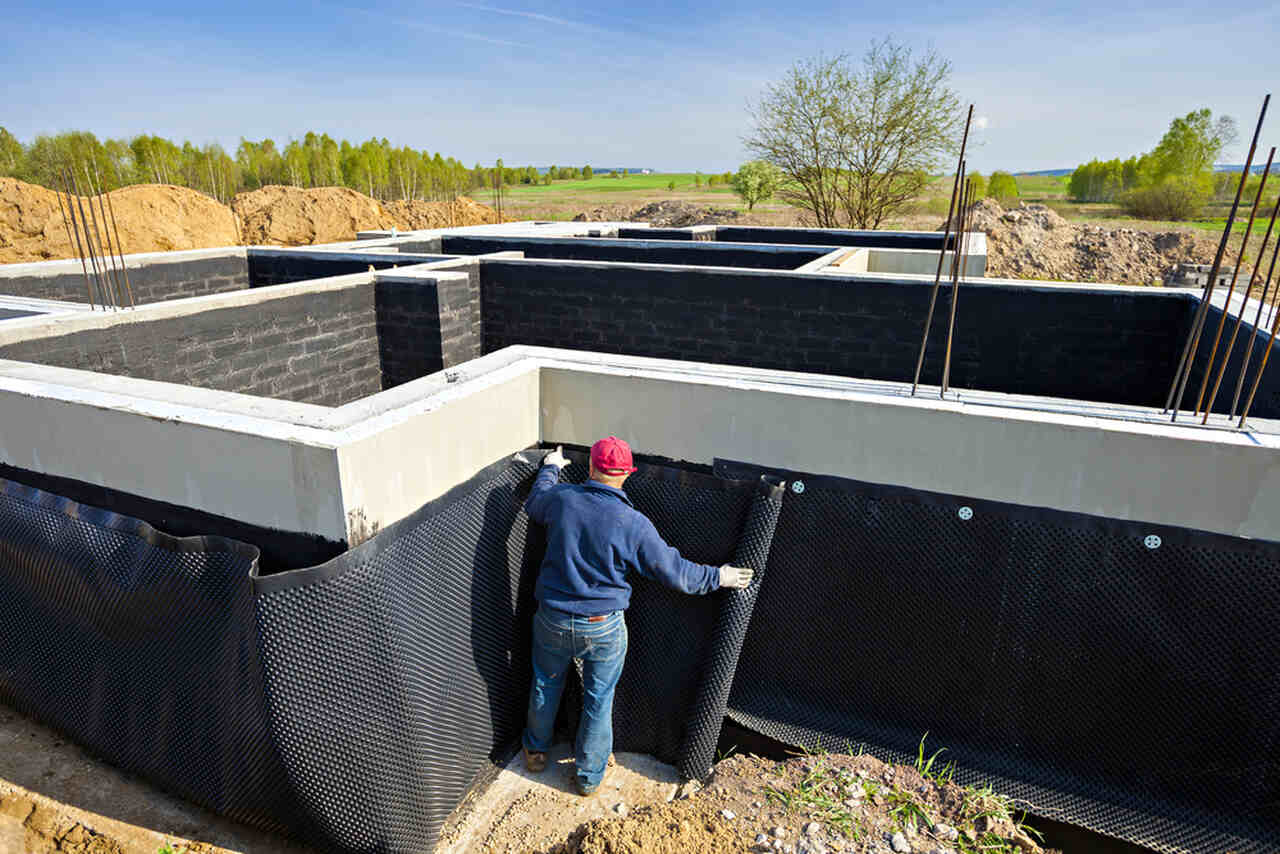
When it comes to long-lasting defense, exterior membranes are the top choice. These thick, rubberized sheets (applied to foundation walls) block water intrusion and soil pressure. While DIY-friendly coatings exist, professional-grade membranes installed by basement waterproofing companies offer unmatched durability—often backed by 25+ year warranties.
Bonus Hack: Combine membranes with proper grading (sloping soil away from your foundation) to double your defense.
Exterior waterproofing membranes are critical solutions used to protect buildings and structures from water intrusion and moisture damage. These membranes are applied to the exterior surface of foundations, walls, roofs, or other exposed areas to create a continuous, water-resistant barrier. Available in various forms, including liquid-applied membranes, sheet membranes, and spray-applied coatings, these systems are designed to prevent water from penetrating building materials, ensuring long-term durability and structural integrity.
One of the most common types of exterior waterproofing membranes is the sheet membrane, which is typically made from rubberized asphalt, modified bitumen, or high-density polyethylene (HDPE). These sheets are applied directly to the surface of a foundation or wall, creating a seamless barrier that prevents water infiltration. Liquid-applied membranes, on the other hand, are applied as a thick coating that cures to form a flexible, waterproof layer. These are particularly useful for irregular surfaces, as they can conform to complex shapes, ensuring complete coverage.
Exterior waterproofing membranes are particularly important for structures located in regions with heavy rainfall, high groundwater levels, or areas prone to flooding. When properly installed, these membranes protect foundations and walls from water seepage, which can lead to serious issues such as mold growth, efflorescence, wall deterioration, and basement flooding. In addition to providing water resistance, some advanced membranes also offer additional features such as UV resistance, flexibility in extreme temperatures, and protection against chemical exposure, making them suitable for a wide range of applications.
The installation process for exterior waterproofing membranes varies depending on the type of product used. Sheet membranes are usually adhered to the surface using adhesive or are mechanically fastened, while liquid-applied membranes are sprayed or brushed onto the surface. Proper surface preparation is essential, including cleaning, repairing cracks, and applying a primer if required. Once applied, these membranes create a seamless, durable layer that keeps water out.
One of the significant advantages of exterior waterproofing membranes is their ability to extend the lifespan of buildings by protecting them from moisture damage. This not only helps maintain the structural integrity of the building but also reduces maintenance costs over time. For example, in residential properties, a well-installed exterior waterproofing membrane can prevent basement leaks and wall damage, providing homeowners with peace of mind. In commercial or industrial settings, these membranes protect valuable equipment and inventory from water damage, ensuring business continuity.
However, despite their effectiveness, exterior waterproofing membranes must be installed correctly to provide optimal protection. Poor installation, such as improper adhesion, incomplete coverage, or damage during application, can result in leaks and moisture intrusion. It is essential to choose high-quality products and rely on experienced professionals for installation.
Looking to the future, advancements in material science are expected to enhance the performance of exterior waterproofing membranes, making them more durable, eco-friendly, and versatile. As the demand for sustainable building solutions grows, these membranes will continue to play a vital role in protecting structures from water damage, ensuring their longevity and performance.
Crack Injection Technology
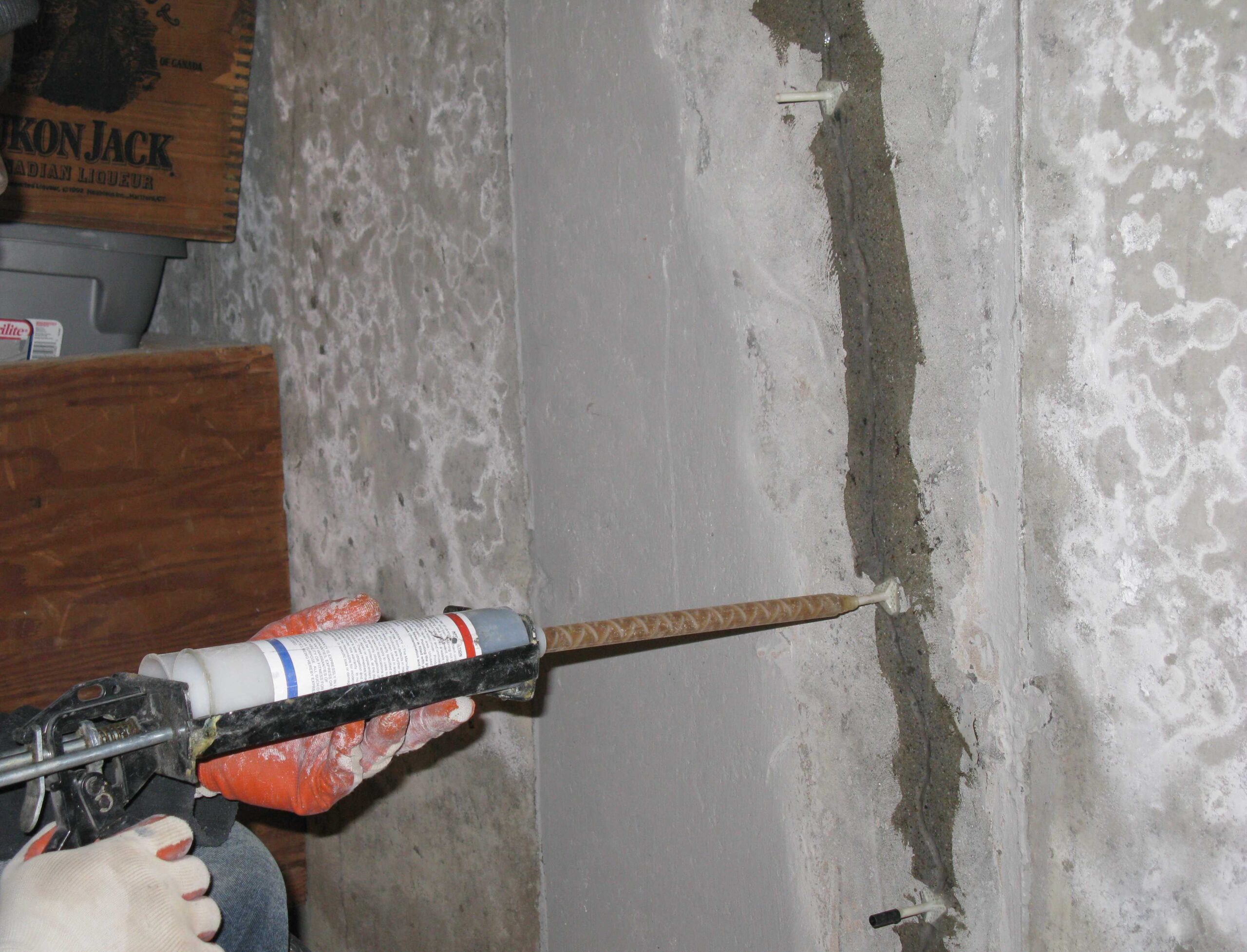
Hairline cracks in foundations or walls can gradually widen, allowing water to seep in and cause damage. Polyurethane crack injections offer an effective solution by filling gaps from the inside out, expanding to seal even the tiniest fractures. Unlike temporary patch jobs, these injections form a permanent bond with concrete, helping to prevent future leaks and structural deterioration.
When deciding on crack repairs, the choice typically involves deciding between DIY or seeking professional assistance.. For small, non-structural cracks, epoxy repair kits might suffice. However, for more significant damage or persistent moisture problems, it’s best to rely on Basement Waterproofing Companies. These experts have the tools and experience to assess foundation issues comprehensively and apply the most appropriate repair techniques.
Crack injection is a specialized method used to restore concrete that has been compromised by shrinkage, thermal shifts, stress, or environmental wear. The technique involves injecting a sealing agent—commonly epoxy or polyurethane—into the cracks under pressure, restoring the structure’s integrity. It’s frequently used in critical infrastructure such as basements, tunnels, dams, and industrial flooring, where longevity and reliability are paramount.
The process starts with a detailed assessment to determine the crack’s cause and whether it’s stable or moving. Epoxy resins are preferred for structural repairs due to their strength and bonding capabilities, while polyurethane is better suited for active leaks, especially in wet environments. Both materials are injected through ports placed along the crack, using high-pressure pumps to ensure deep and even distribution.
The non-invasive nature of this technique is what makes it particularly valuable. Since there’s no need to remove or replace concrete, the process is both cost-effective and efficient. It also significantly extends the lifespan of the structure by blocking water and chemical ingress.
Yet, the success of crack injection relies on proper execution. Mistakes like using the wrong sealant, skipping surface preparation, or applying insufficient pressure can lead to failure. That’s why Basement Waterproofing Companies are often the best choice—they bring the expertise needed for a durable, lasting repair.
In summary, crack injection is a powerful, long-term solution for concrete repair. Whether you’re dealing with structural issues or moisture problems, Basement Waterproofing Companies offer the knowledge and techniques necessary to safeguard your home or infrastructure. Trusting professionals ensures not just a quick fix, but a lasting investment in structural integrity.
Green Roofs and Rain Gardens

Turn water management into an eco-friendly asset! Green roofs (vegetated layers) absorb rainwater, reducing runoff and pressure on drainage systems. Just as exterior membranes provide premier long-term protection, rain gardens—with their shallow, planted basins—offer a natural approach to filtering and redirecting water. Both effectively reduce flood risks and enhance a property’s visual appeal.
Cost Note: Green roofs require upfront investment but slash long-term water damage costs.
Thermal Imaging Inspections
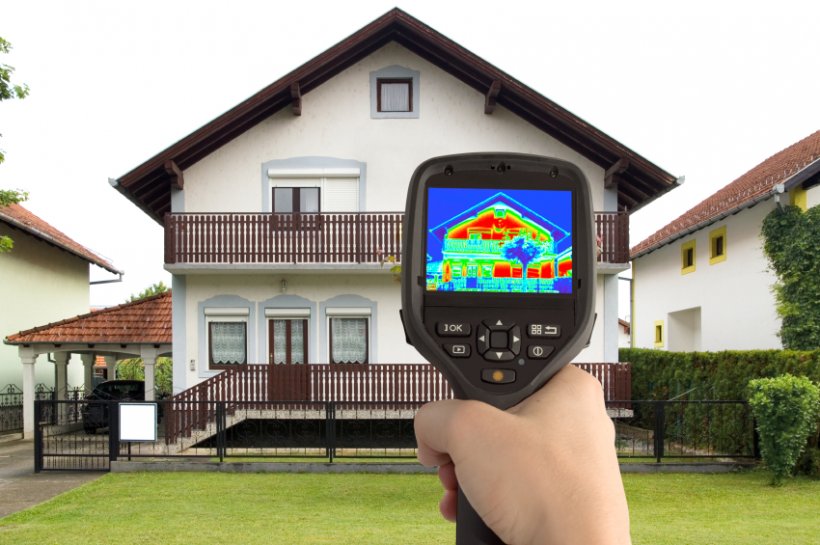
Water damage often hides behind walls or under floors. Thermal imaging cameras detect temperature differences caused by moisture, pinpointing leaks before they’re visible. Many basement waterproofing companies now offer this service during inspections, saving you from invasive exploratory repairs.
Future-Proofing: Schedule annual thermal scans to catch issues early.
Thermal imaging inspections, also known as infrared thermography, are a non-invasive diagnostic technique used to detect temperature variations in various materials, systems, and structures. By capturing and analyzing infrared radiation—which is emitted by all objects based on their temperature—thermal cameras can visualize heat patterns that are otherwise invisible to the human eye. These inspections are widely used across multiple industries, including electrical maintenance, building diagnostics, mechanical systems monitoring, and even in medical and veterinary applications. Basement Waterproofing Companies are increasingly adopting this technology to diagnose hidden moisture problems in foundations and walls.
One important advantage of thermal imaging is its ability to identify developing issues before they escalate. In electrical systems, for example, it can pinpoint hotspots caused by loose connections or overloaded circuits. These early warnings allow for timely maintenance and prevent fire hazards. Similarly, Basement Waterproofing Companies use thermal imaging to detect water infiltration behind finished walls, insulation gaps, and areas vulnerable to mold growth.
During building inspections, thermal imaging is crucial for identifying insulation issues, air leaks, and moisture problems.. Basement Waterproofing Companies rely on these capabilities to identify where cold air is entering or where water might be seeping through the foundation. With precise thermal data, they can recommend targeted waterproofing solutions that address the source of the issue rather than just treating the symptoms.
Mechanical systems also benefit from thermal inspections. Misalignments, friction, or failing parts often generate abnormal heat, which can be quickly identified with thermal cameras. Just as in industrial environments, Basement Waterproofing Companies use this proactive approach to monitor equipment such as sump pumps, dehumidifiers, or other moisture control systems installed in basements.
Thermal imaging is particularly valuable in residential settings. Homeowners can use it to evaluate heating and cooling efficiency, detect plumbing leaks, and verify radiant floor heating performance. Many Basement Waterproofing Companies now offer thermal imaging as part of their inspection services, giving clients a clearer understanding of problem areas within the basement environment.
Thermal inspections are safe, fast, and contact-free, making them ideal for difficult or dangerous environments. They also produce immediate visual data, which can be analyzed and documented. This quick turnaround is beneficial for Basement Waterproofing Companies, allowing them to provide faster quotes, more accurate assessments, and visually compelling evidence to help homeowners make informed decisions.
However, while thermal imaging is a powerful diagnostic tool, it requires trained professionals for accurate interpretation. Environmental factors like sunlight, airflow, and surface type can influence readings. That’s why many Basement Waterproofing Companies employ certified thermographers who understand how to read the data correctly and apply it effectively in waterproofing strategies.
Overall, thermal imaging inspections offer a cost-effective, reliable method of identifying hidden problems. They help improve safety, extend equipment life, and reduce repair costs. For basement environments, Basement Waterproofing Companies use thermal imaging not just for detection but also for validation—proving that their waterproofing systems are working as intended.
As technology continues to evolve, thermal cameras are becoming more advanced, more accurate, and more affordable. This progress will only enhance the role of thermal imaging in the services offered by Basement Waterproofing Companies, making it a standard part of modern diagnostic and maintenance solutions.
Conclusion Stay Dry, Stay Secure
Waterproofing is more than a repair; it’s a preventative measure. By combining smart tech, advanced materials, and expert insights from basement waterproofing companies, you can protect your home from costly damage and enjoy a safer, drier living space.
Ready to take action? Start with one hack from this list, and remember: proactive protection today saves thousands tomorrow.
